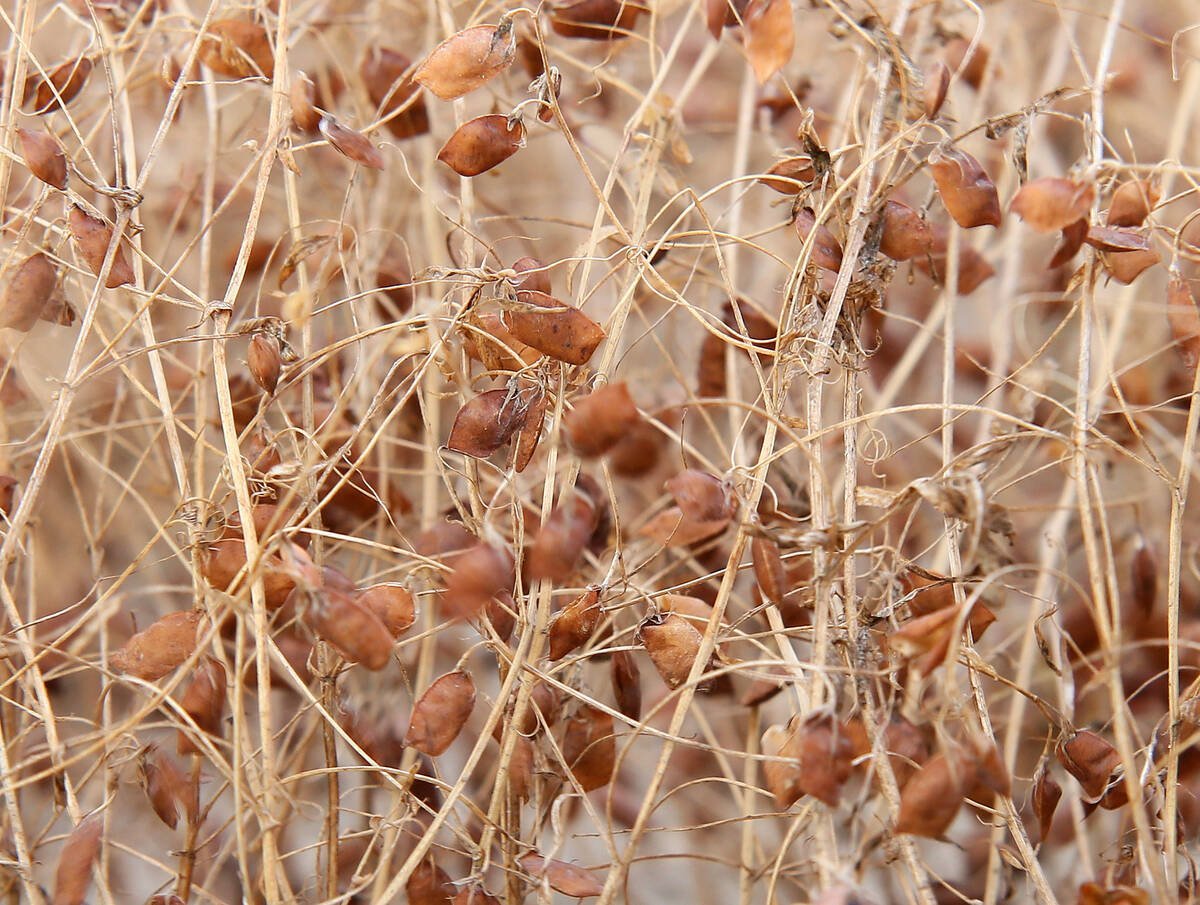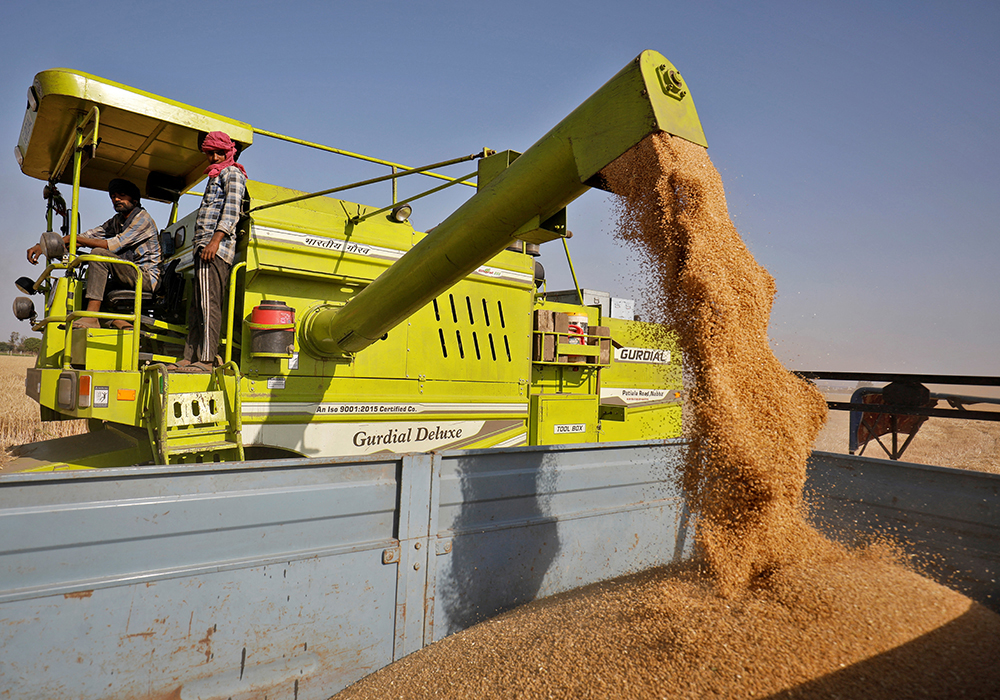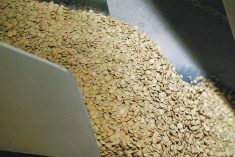NEW DELHI (Reuters) — India is likely to harvest a record 112.7 million tonnes of wheat in 2023, the farm ministry said May 25, reiterating its previous estimate despite lower crop yields due to unseasonal rains in February and March.
Earlier this year, torrential rain and hail hit India’s northern, central and western plains, damaging winter-planted crops including wheat and exposing farmers to losses.
India, the world’s second-biggest producer of wheat, banned exports in May last year after a sharp and sudden rise in temperatures clipped output, although exports picked up to meet the global shortfall triggered by the Russia-Ukraine conflict.
Read Also

Europe holds promise for Canadian lentils
Pulse Canada is trying to help boost lentil consumption in Europe, which is already the fourth largest market.
India’s wheat output fell to 107.74 million tonnes in 2022, from 109.59 million tonnes a year earlier, according to the Ministry of Agriculture & Farmers’ Welfare.
The country grows one wheat crop per year, with planting in October and November and harvest in March.
Despite the expected rise in output, India is likely to keep a lid on wheat exports as it seeks to replenish state reserves and bring down domestic prices.
The country’s wheat procurement in 2023 could fall by a fifth from the initial estimate, as government purchases slowed after local prices jumped.
Meanwhile, India raised its rice production estimate for 2022-23 to a record 135.5 million tonnes from an earlier estimate of 130.8 million tonnes, the ministry said in a statement.
India banned overseas shipments of broken rice and imposed a 20 percent duty on exports of various other grades in September 2022 amid concerns over production because of below-average monsoon rainfall in key growing states.
The government on May 24 said New Delhi could consider supplying broken rice to other countries only through diplomatic channels.















